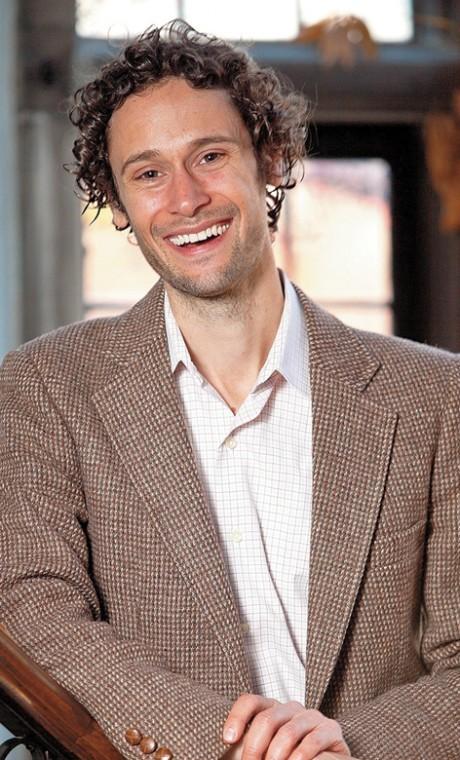Order it your way: On designing the seder
Published April 4, 2012
By design, the Passover seder is perhaps the paradigmatic family holiday. Relatives, distant and close, friends, even strangers crowd around the dinner table to laugh, eat and of course to read the Haggadah, telling the story of the Israelites Exodus from slavery to freedom.
Beyond the ceremonial components of Passover eve, there exists for many of us a deep emotional and physical connection to the holiday. I crave the unctuous simplicity of my grandmother’s brisket, slowly braised in onion soup mix, or the burned edges of handmade shmurah matzah; yes, I actually love it!
On campus, we’re charged with an exciting challenge during the Passover season: creating a space that draws from the familiarity of students’ “home” experiences while providing opportunities for students to author their own unique Passover traditions.
In addition to our other Passover offerings, including St. Louis Hillel’s “Greatest Hits seder” and our home hospitality program, in which we pair students with families in the community, our “Do Your Own seder” initiative has inspired 1,000 students in the past two years to re-order the Passover seder in personally meaningful ways.
Students have access to Hillel’s diverse collection of Haggadot, ranging from traditional formats to niche themes, including environmental or Israeli culture focuses. There is even a Haggadah that was developed by Jewish LGBTQ students at Washington University. Student hosts take part in a seder leader workshop to review the various components of their seder and share ideas with each other.
Additionally students receive a complete Passover seder plate, matzah, a subsidy to help defray the costs of the meal, as well as other resources to support students’ creativity.
We believe the success of this initiative has come from a deep understanding of what it means to provide support, relevance and access to authentic Jewish experiences. In particular, we have been inspired by a pedagogy that emerged from the vision of educators Russel Neiss and Charlie Schwartz, laying out four distinct guidelines that have helped to frame our “Do Your Own seder” initiative, including openness, re-mixability, meaning and relevancy, and community building:
Openness: Resources, texts and traditions need to be open and accessible to all, translated into multiple languages for a variety of levels and styles of learning.
Re-mixability: Knowledge structures can be horizontal as well as the traditional vertical structures. Twenty-first century learning is built upon the values of consumption of broad pools of knowledge and the latitude to produce one’s own knowledge by “remixing” or leveraging interdisciplinary synergy.
Meaning and relevancy: Judaism is meant to be lived, celebrated and shared in ways that yield deep personal meaning in a way that is relevant to the 21st century learner, integrating culture and history with current events, pop culture and technology in order to engage multiple intelligences.
Community building: Above all, Jewish education and institutions must focus on creating community with a sensitivity to understanding the shifting lines and blended models that currently define community. While we continue to foster a sense of broader community connectedness, we start through the support of micro-communities (fraternities and sororities, sports teams, art students, suite mates, etc.).
With Passover just around the corner we are looking forward to supporting the creativity of our students. We anticipate that they will develop new traditions with their campus family as they retell the Passover narrative and write their own. Guided by the four educational components of openness, re-mixability, meaning and relevancy, and community building, we are confident that we will continue to nurture a Jewish community on campus that is guided by tradition and pursues new ways to imagine Jewish life and engagement.















